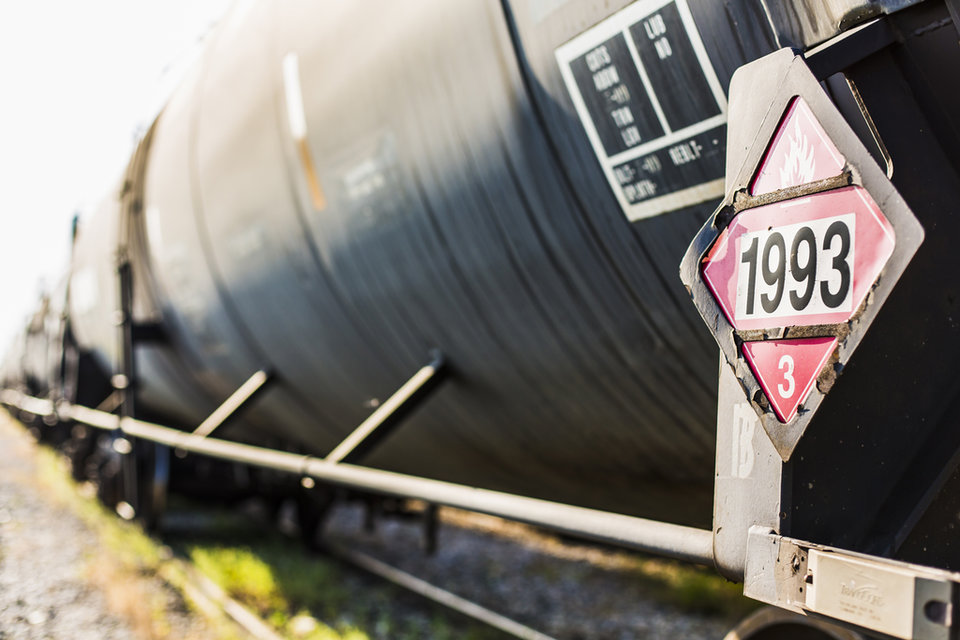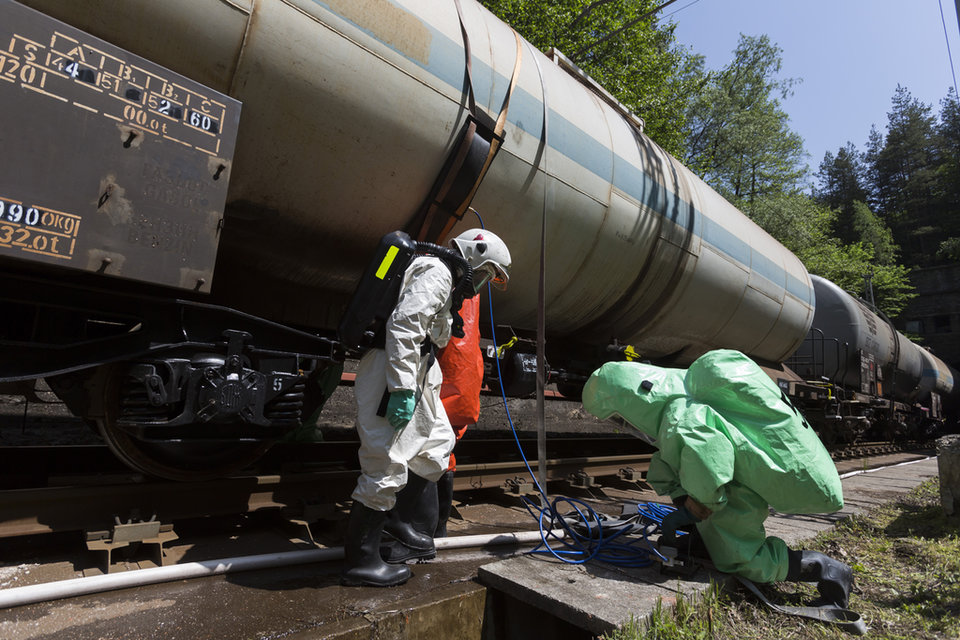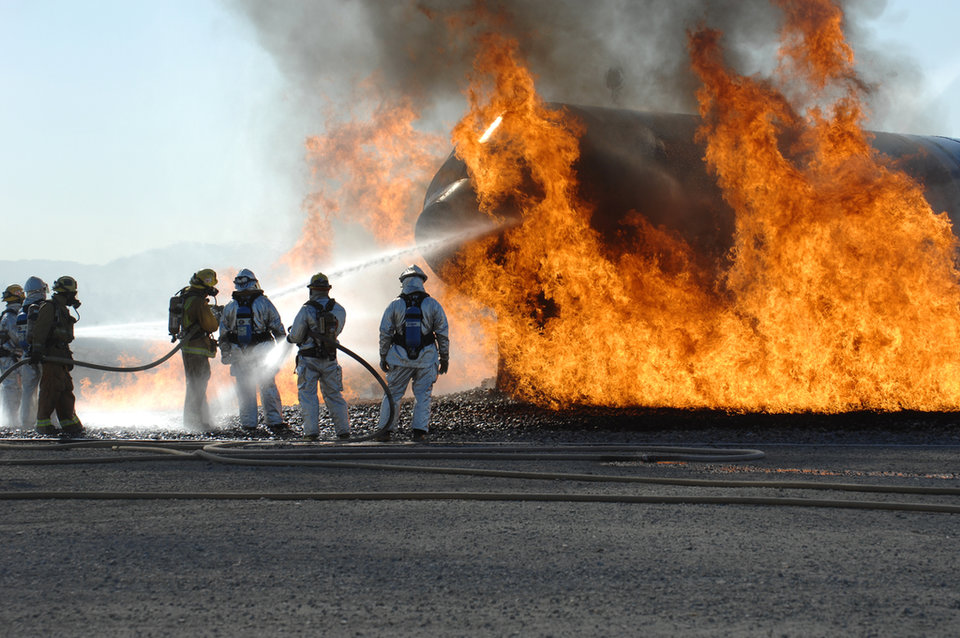We have created a safety checklist that all people attending a scene run through
Network Rail’s nationwide emergency system
In the UK, railway infrastructure manager Network Rail has been increasingly working to become a safety-critical organisation and, over the past few years, it has rolled out numerous initiatives and campaigns aimed at protecting its employees and customers.
Managing the majority of stations in the country means there needs to be an almost impeccable emergency response system which needs perfecting, according to Network Rail director of incident management and operational security James Nattrass.
“We are not complacent on emergency response and have trained a number of specialist incident officers and also increased the training of our route control managers,” he explains.
But, as Nattrass puts it: “It is a paradox that the safer we are as a system, the less experienced our people become at managing a major incident, so we train hard to practice contingencies.”
Nevertheless, Network Rail has taken numerous steps to become a safer, better prepared system: “We have created a safety checklist that all people attending a scene run through to ensure as far as possible our people all know the scope of works, the possessions, the safety regime and understand who is in charge,” explains Nattrass, adding that a collaborative effort is crucial in cases of emergency.
“Everyone is responsible for safety – it’s not just the person in charge of safety or the Controller of Site Safety,” he says. This means that while each route has its own Route Operation Centre – responsible for confirming the type of incident taking place to specific teams – there are also cases in which routes can ask for assistance from each other.

Joshua Croft, Fetch.AI ecosystem coordinator and software developer
The AskRail app and its role in freight-related emergencies
In cases of emergency, first responders arriving to the scene of the incident need to have as much knowledge about the particular situation as possible.
When it comes to passenger trains, they might need to know the number of people on-board and what caused the incident, but if the emergency involves a freight train, having an idea of what materials the train is carrying is particularly useful.
Based on this principle, in 2014, the Association of American Railroads (AAR) partnered, in a collaborative effort among the emergency response community, all Class I railroads and Railinc to develop an app designed to help first responders in these situations.
Currently being used by over 20,000 members of the first responders’ community, the AskRail app provides immediate access to data regarding the type of hazardous materials a railcar is carrying, helping them make the appropriate decisions. It is now being used in the US as well as eight Canadian provinces and parts of Mexico.

The AAR’s IT and services subsidiary Railinc was responsible for collecting and putting together a data pipeline, combining data from railroads, the Emergency Response Guidebook data from the Pipeline Hazardous Materials Safety Administration, and information regarding useful facilities in the areas such as airports, hospitals and schools.
Railinc product manager Clayton Miller says that the app is becoming particularly handy during training sessions, where it is used for about 90% of real-life responding scenarios. "In the older days", he says, "you have would have a placard and sometimes stripes indicating the most dangerous materials on a railcar, so at a distance, first responders would know to stay back and not approach the train.
"Stripes are no longer used, and placards can get damaged or obstructed in an incident, but now first responders can see the car number, enter that into AskRail from a distance before they approach and get information about all the materials on the train.”
Miller adds that as the community of users grows, Railinc continuously works to improve and update the app: “There is a certification and re-certification process where we are periodically checking with users and their supervisors to make sure they still act and they're involved in the first responding community.”
As first response training increasingly relies on the AskRail app, Miller says it has been used over 100,000 times for search of information in both exercises and real-life situations since its launch five years ago.
In the older days, you would have stripes indicating the most dangerous materials on a railcar
Keeping communications clear and precise is key to ensuring emergency responses are effective
The importance of communicating seamlessly
Both Network Rail and Railinc assert that keeping communications clear and precise is key to ensuring emergency responses are effective.
In the UK, Network Rail’s Nattrass explains the company relies on a layered communications structure that becomes particularly handy when traditional methods can’t apply. “During the recent O2 outage (O2 is our phone provider), we were able to retain communications because we have our own internal telecoms network,” he says.
“We have WiFi, and also on some routes we have introduced airwave radios so we have joint interoperability with the blue light emergency services, as well as an emergency command and control capability should we lose the traditional methods.”
In addition, Network Rail also uses the Global System for Mobile Communications-Railway (GSM-R), a technology that digitally supports driver-signaller communications and is “key in managing a variety of crisis situations that can occur on the railway.”

While providing secure communications among different parts of the staff, “most critically, it gives each driver the ability to stop all trains in the area surrounding their train in the case of a situation where safety is threatened,” Nattrass explains.
For Railinc, making sure that knowledge is equally shared with the first responders’ community means keeping contacts with all actors in the community itself and considering their demands when updating the app.
According to Miller, this means that different associations regularly come up with suggestions that will then be included in the app. “[The associations] meet and review the app; we then review what issues they've been having and then we make enhancements to make the data more clear. That's how we started doing things.”